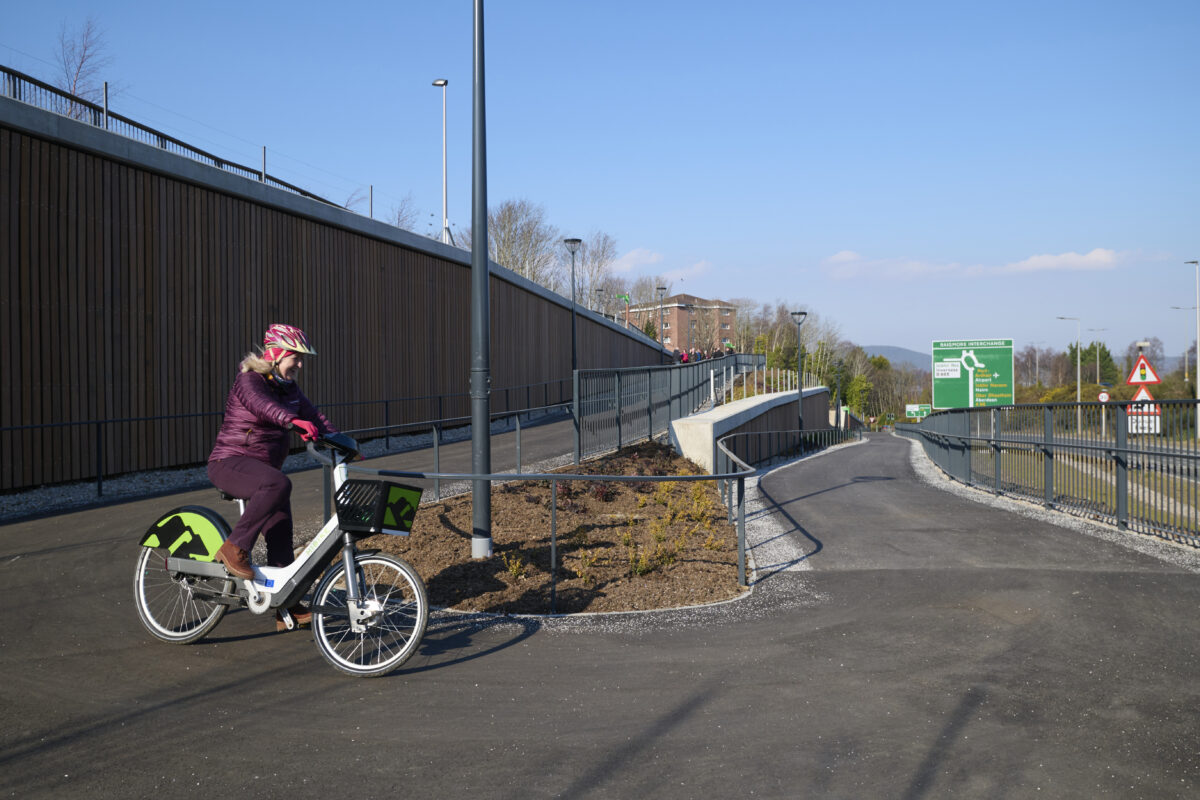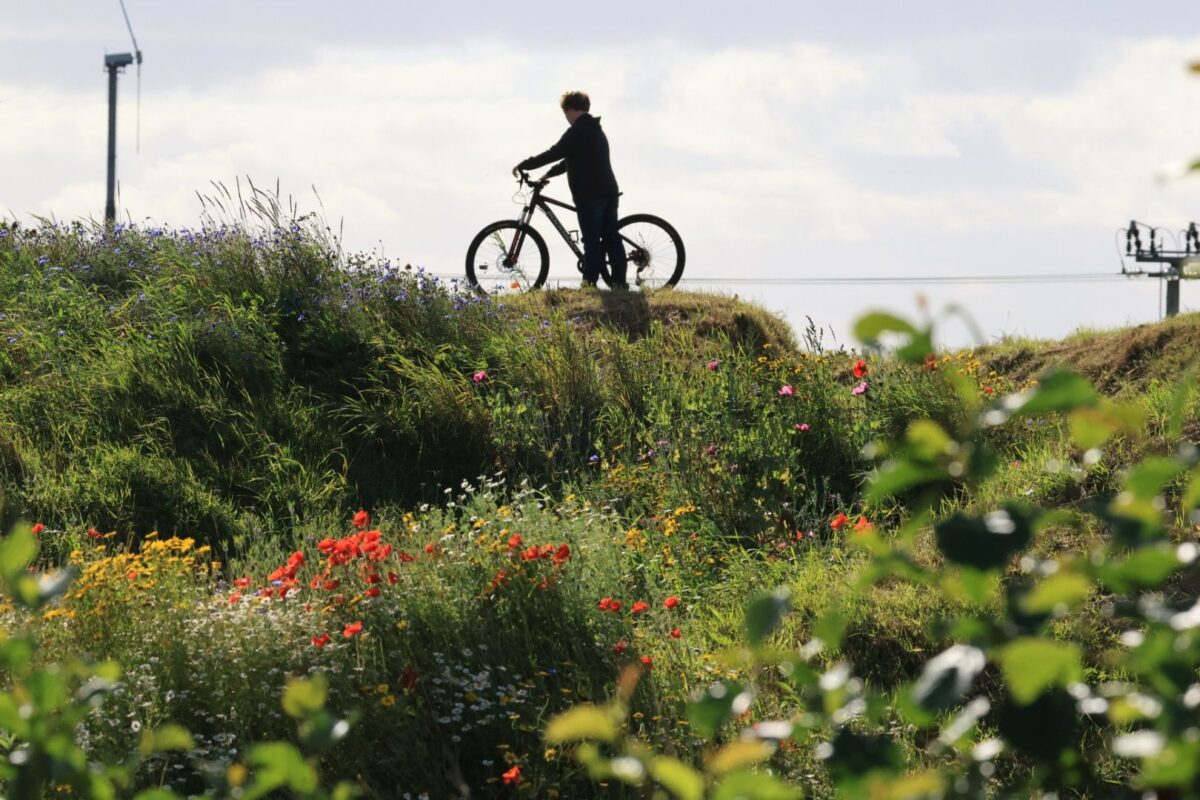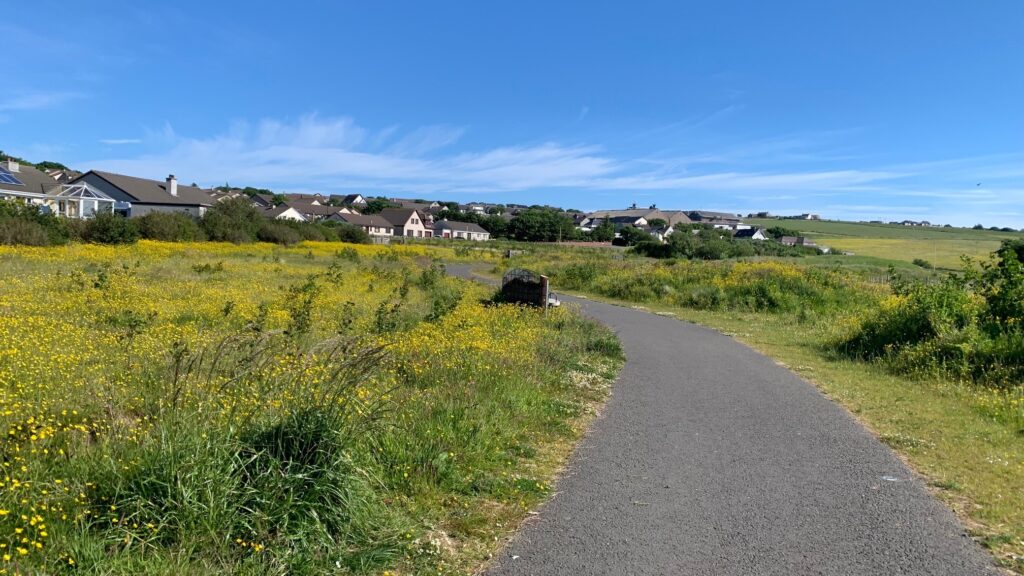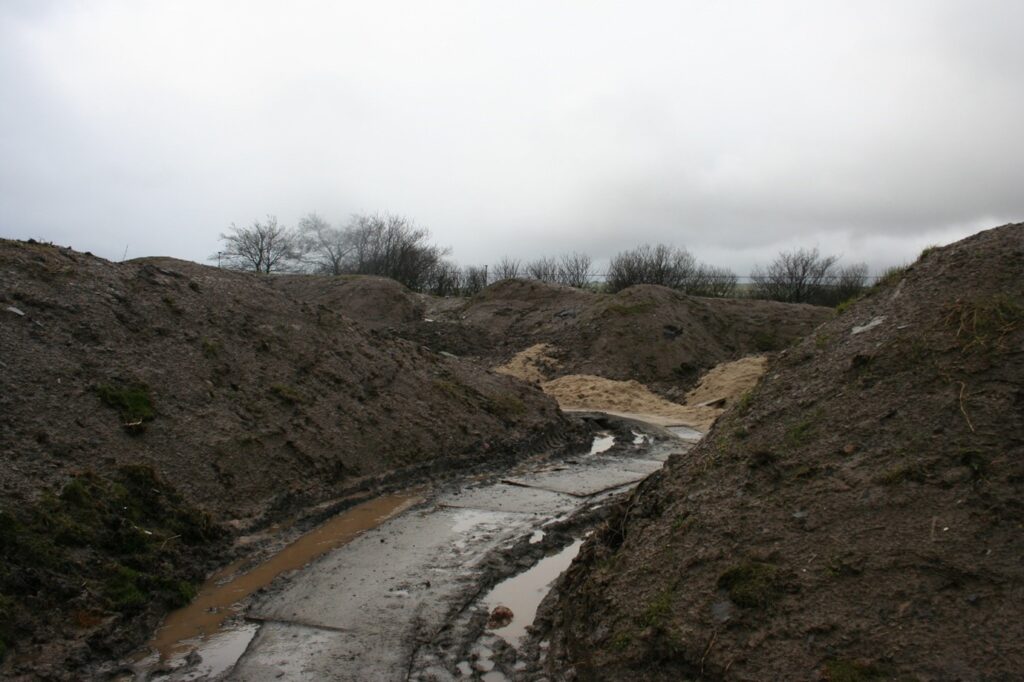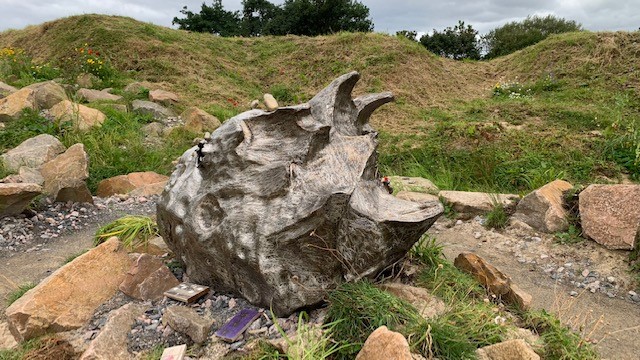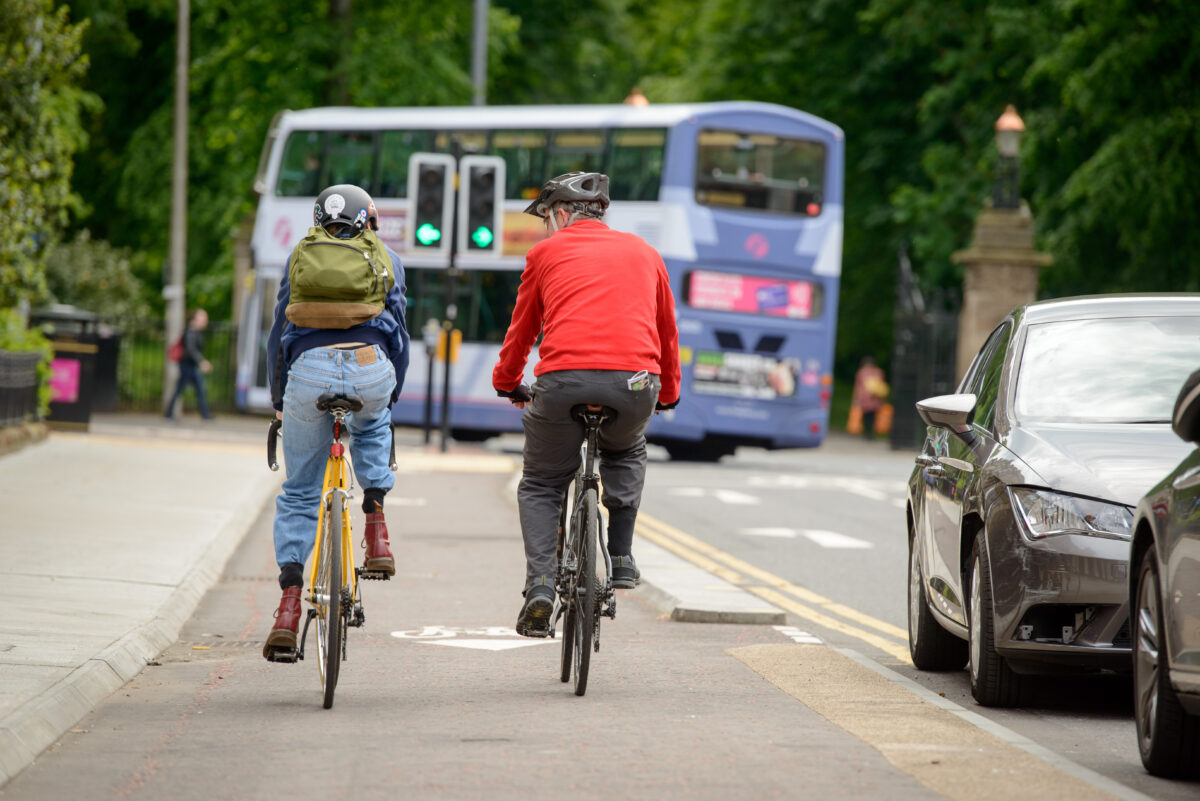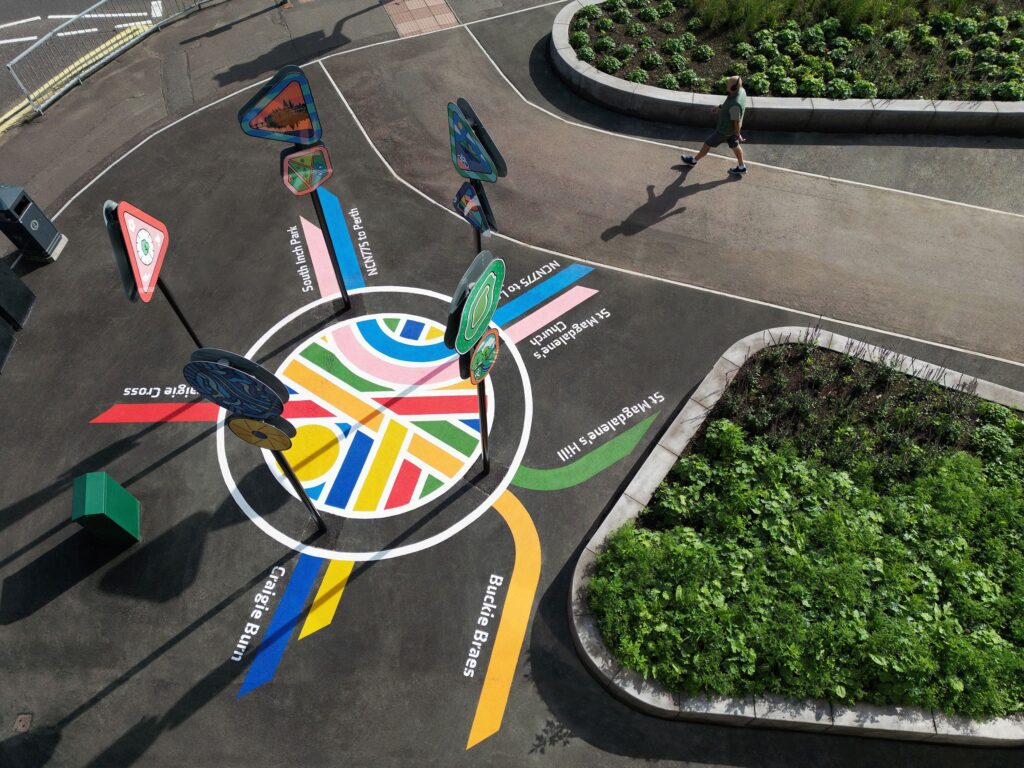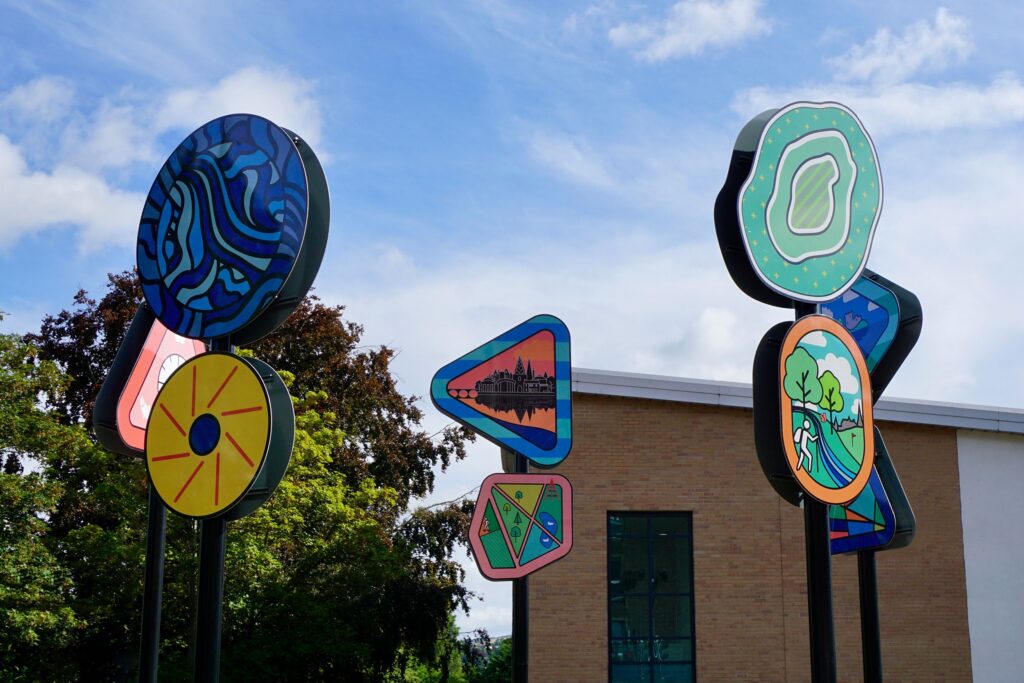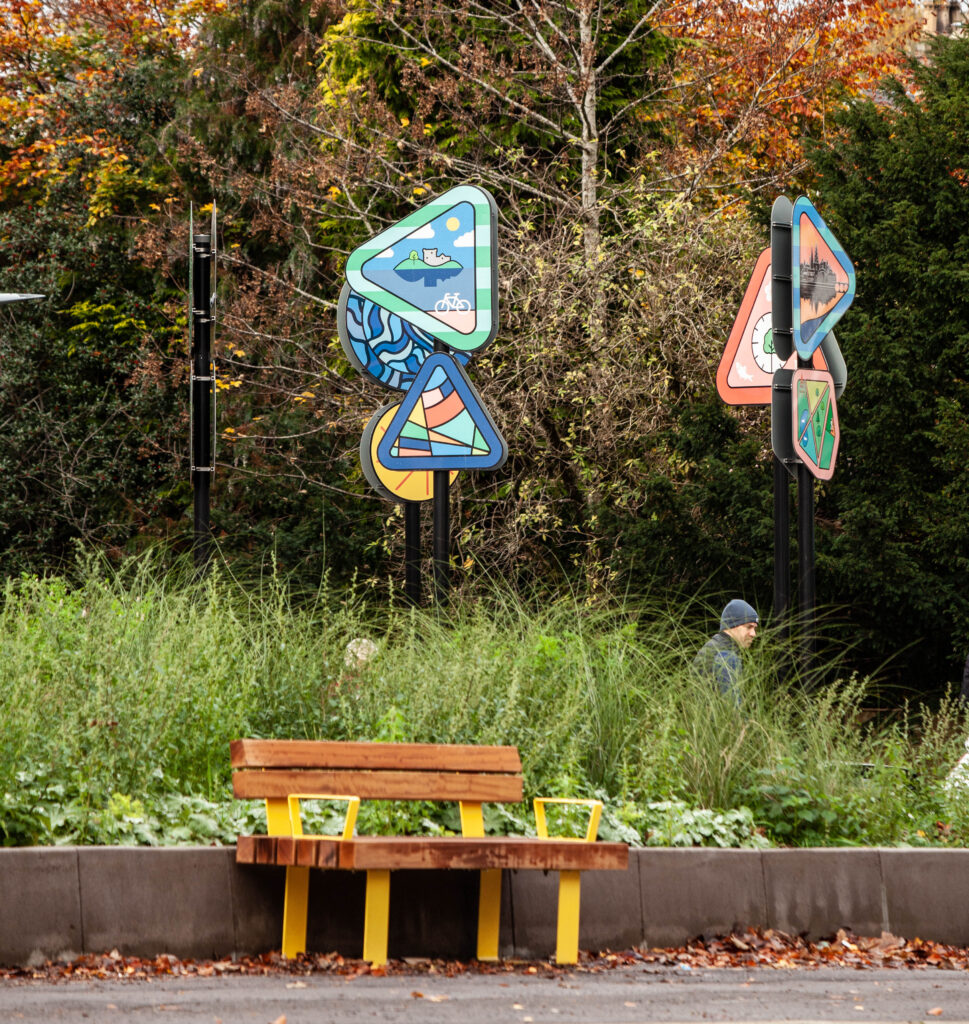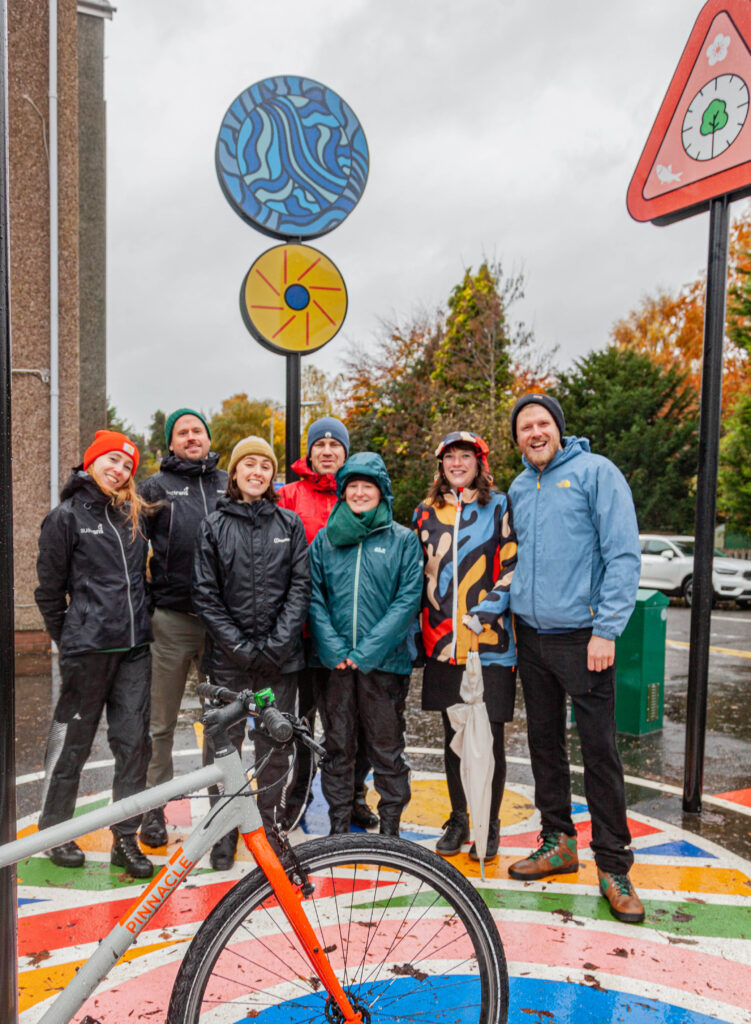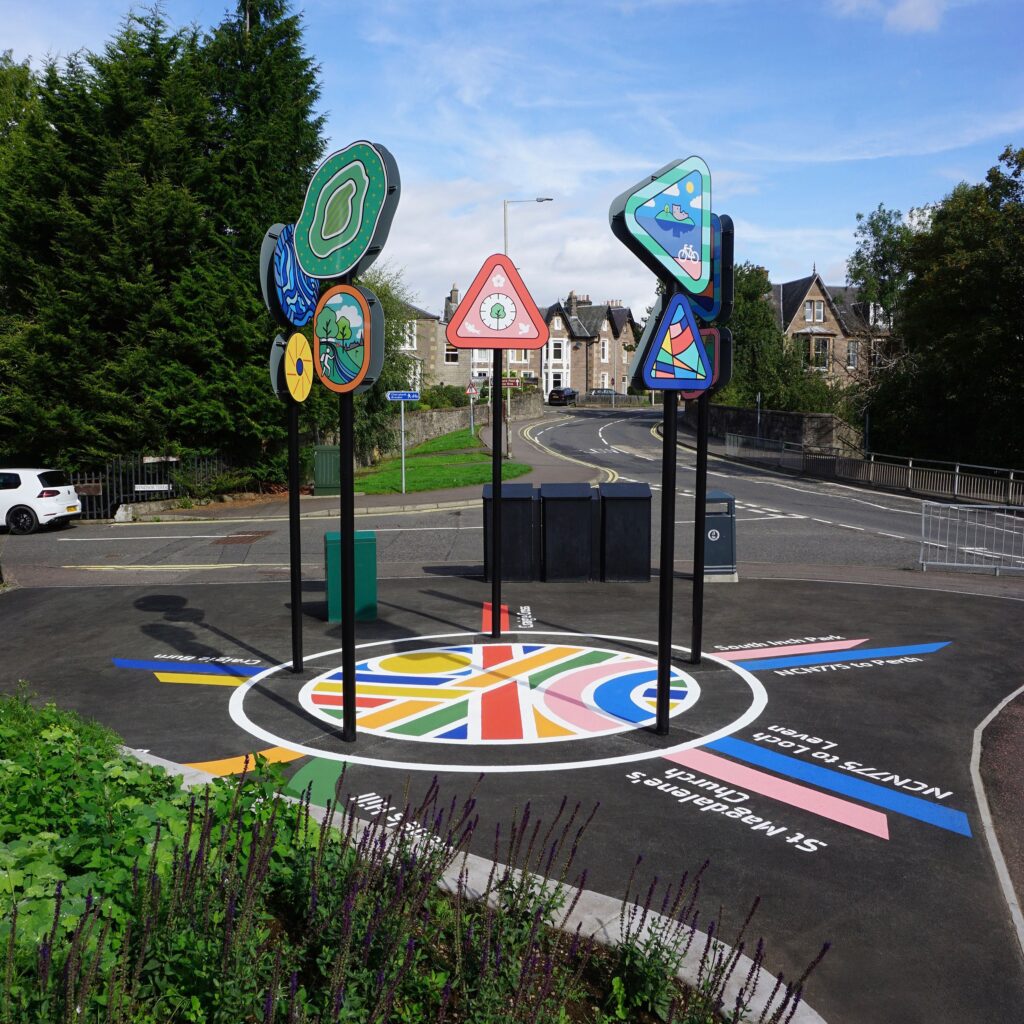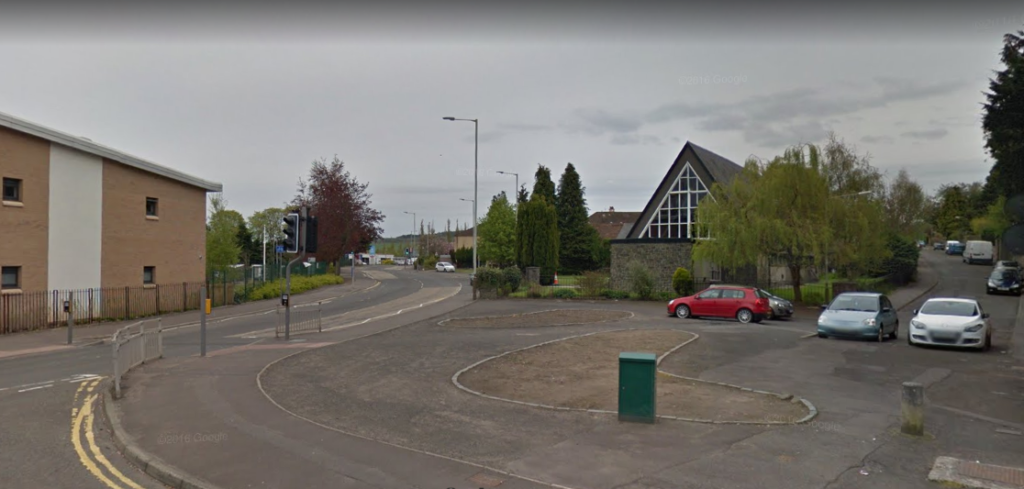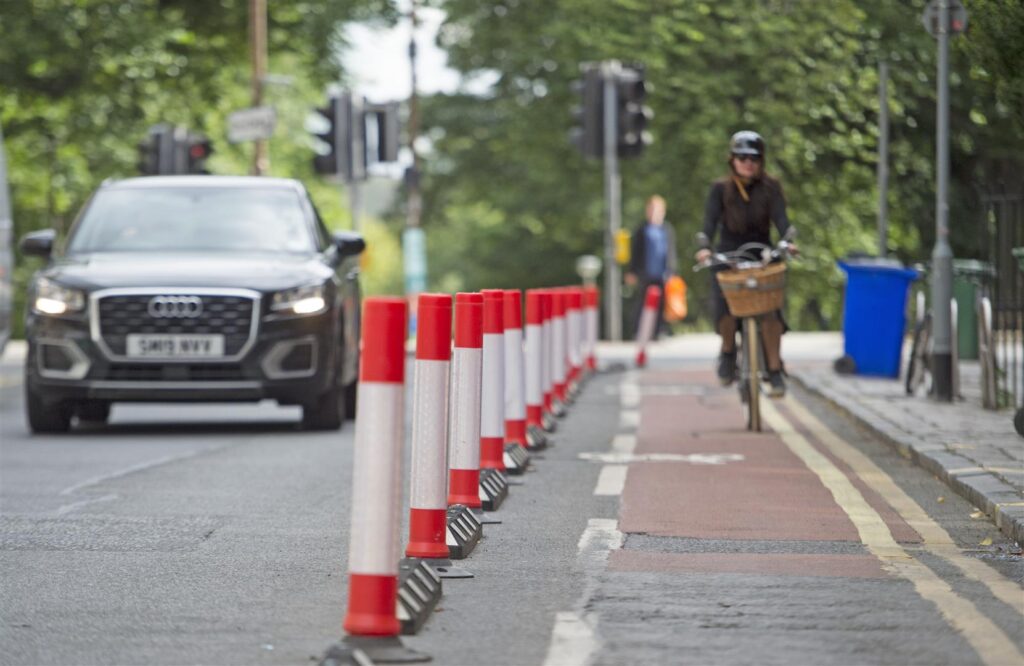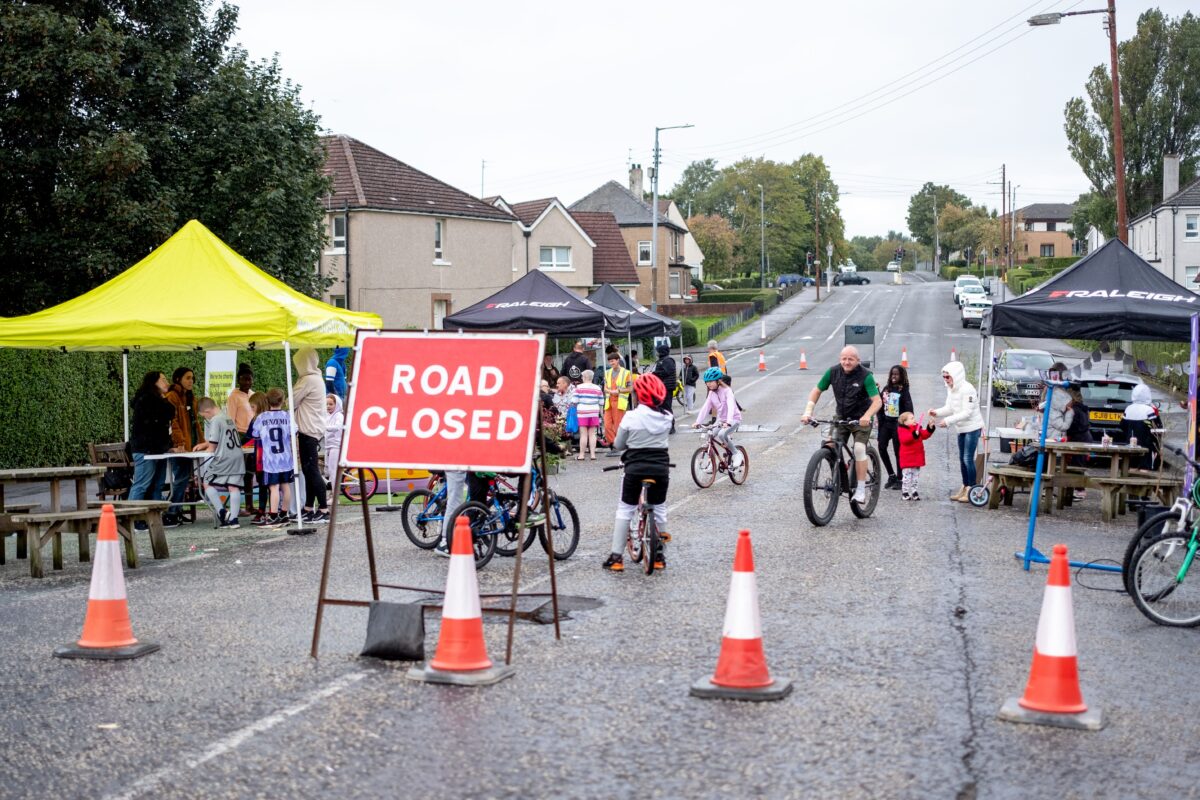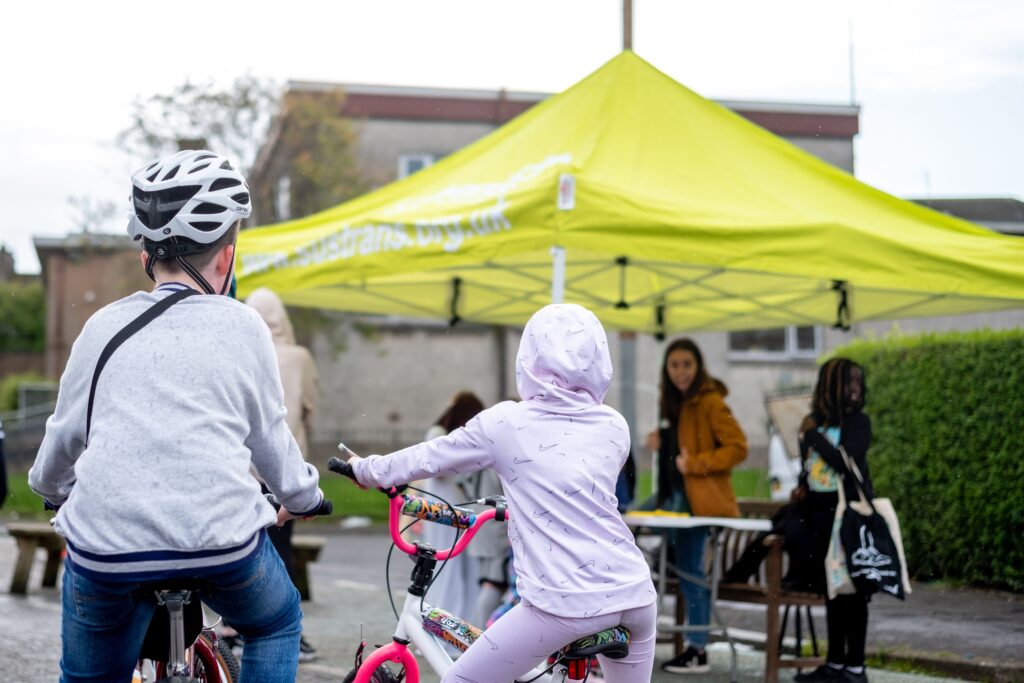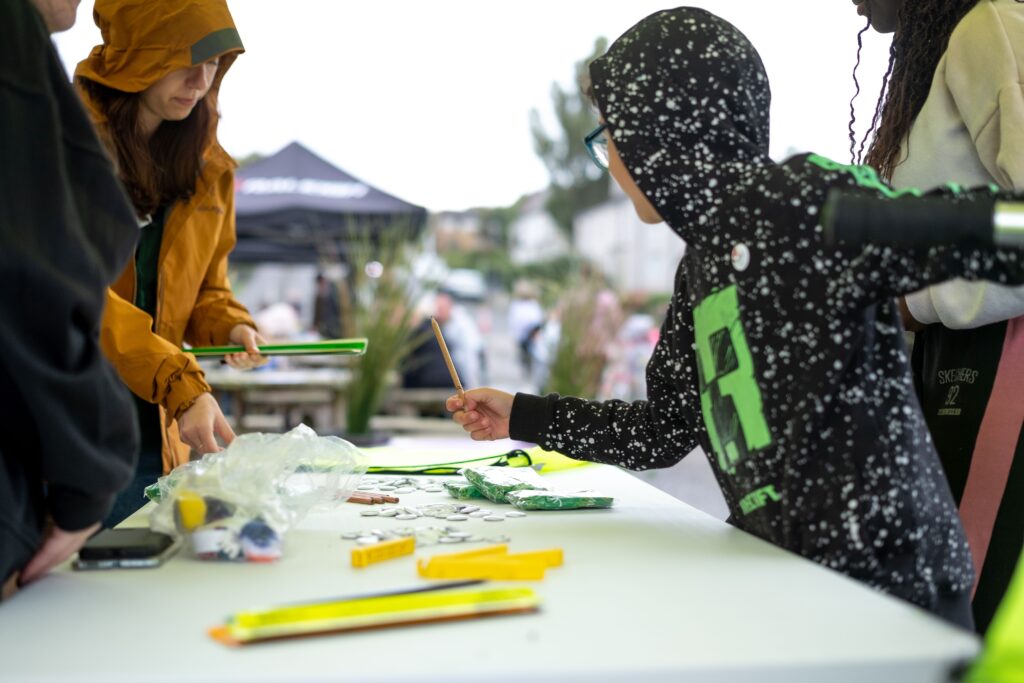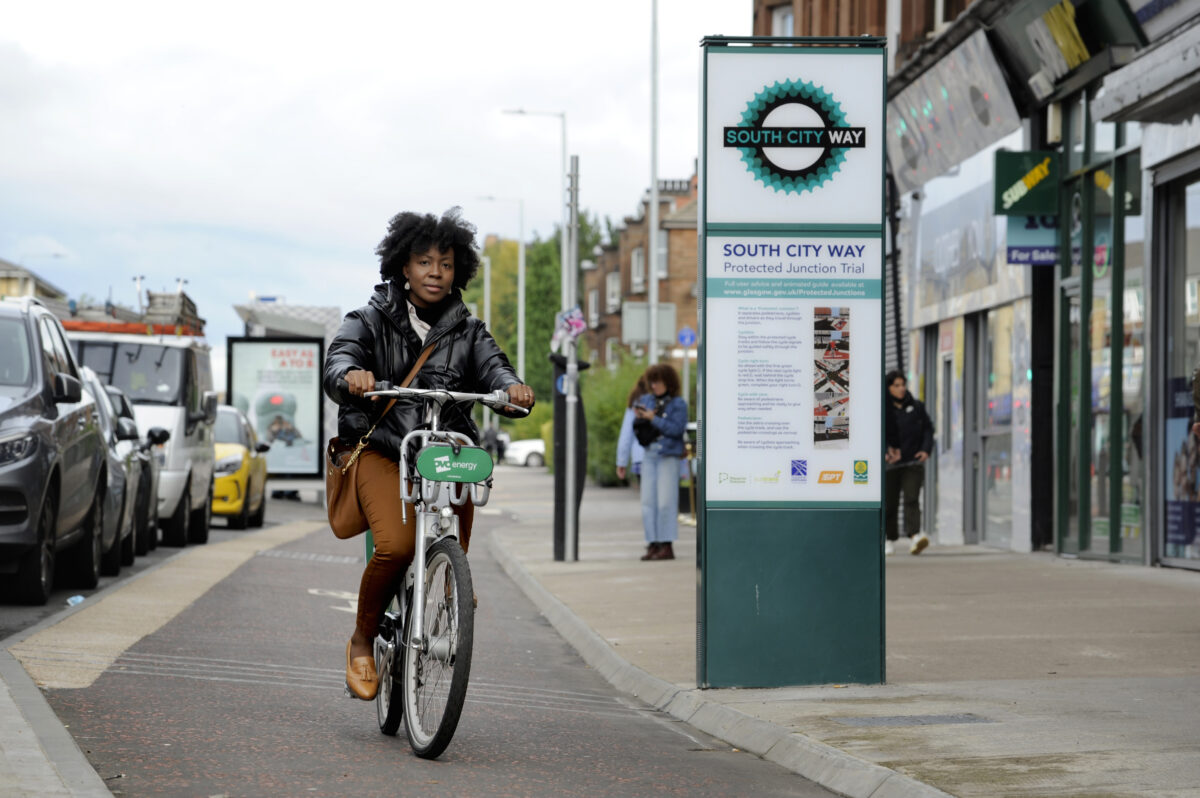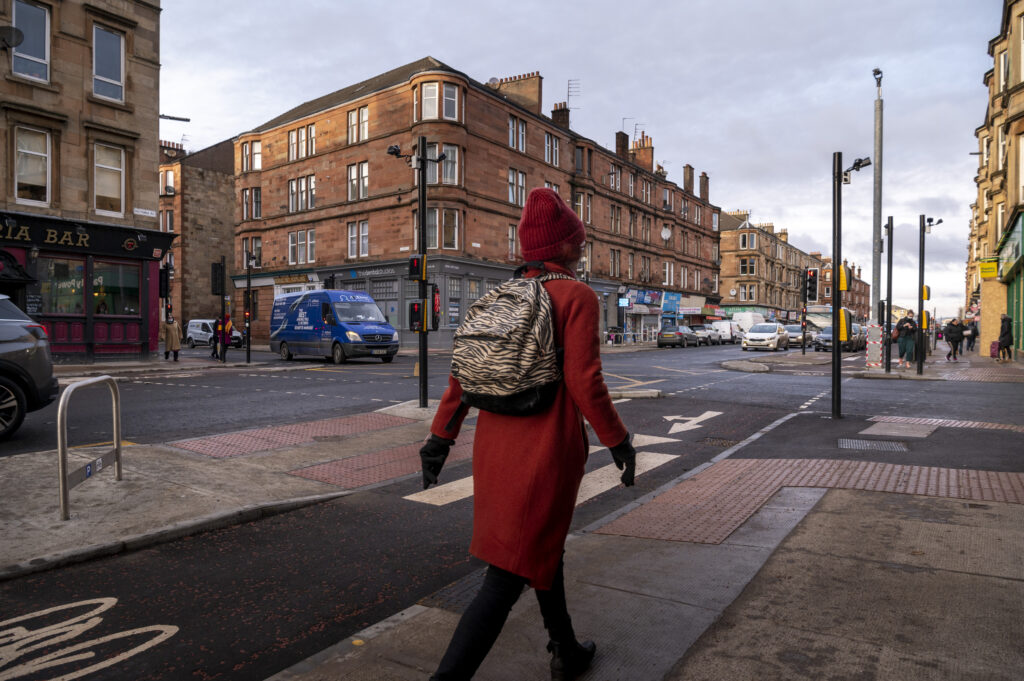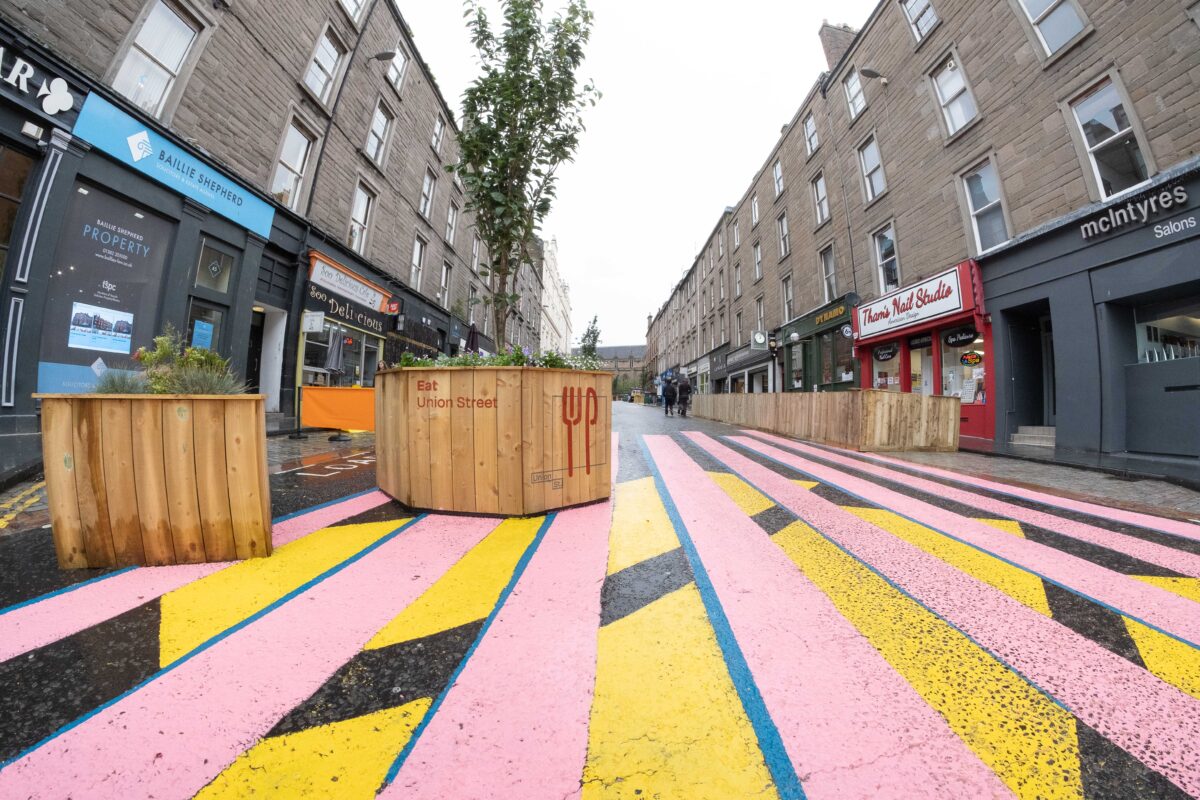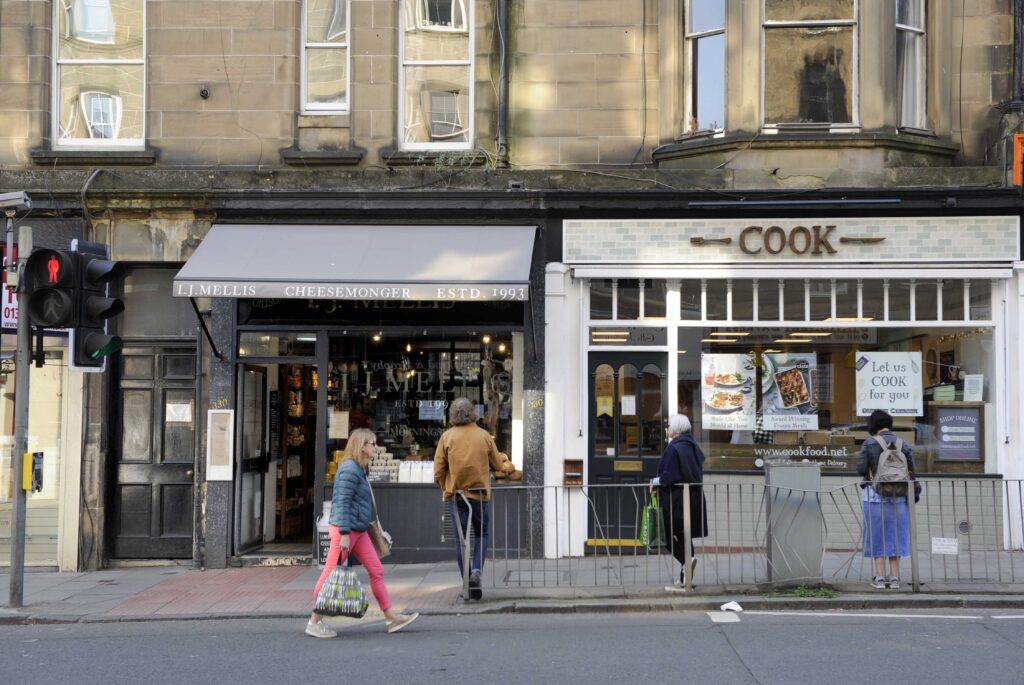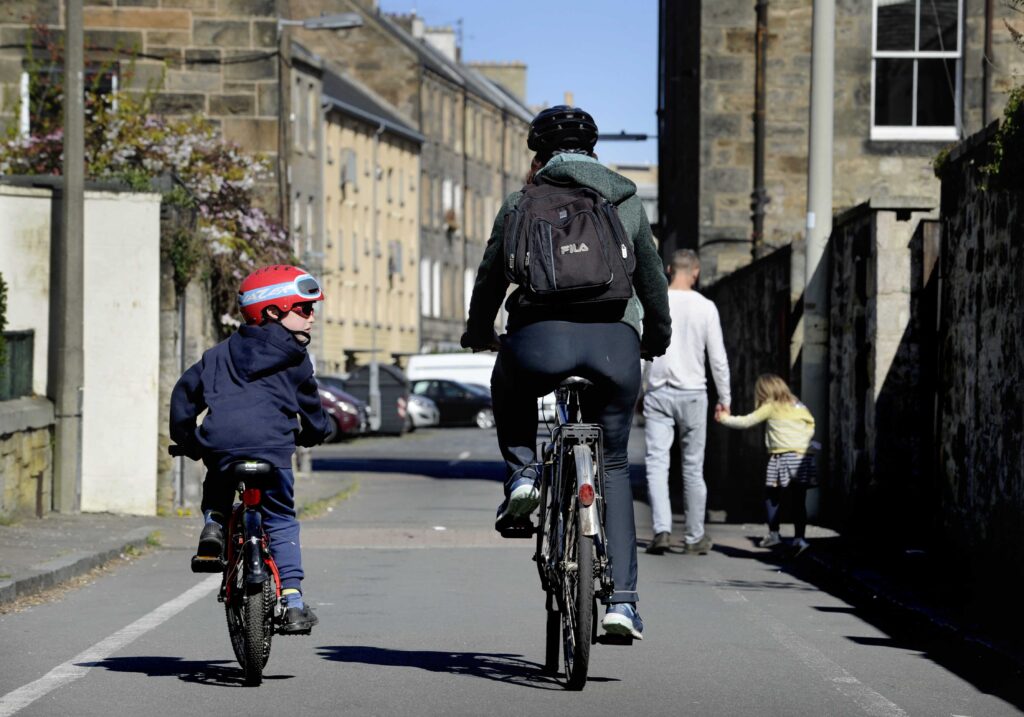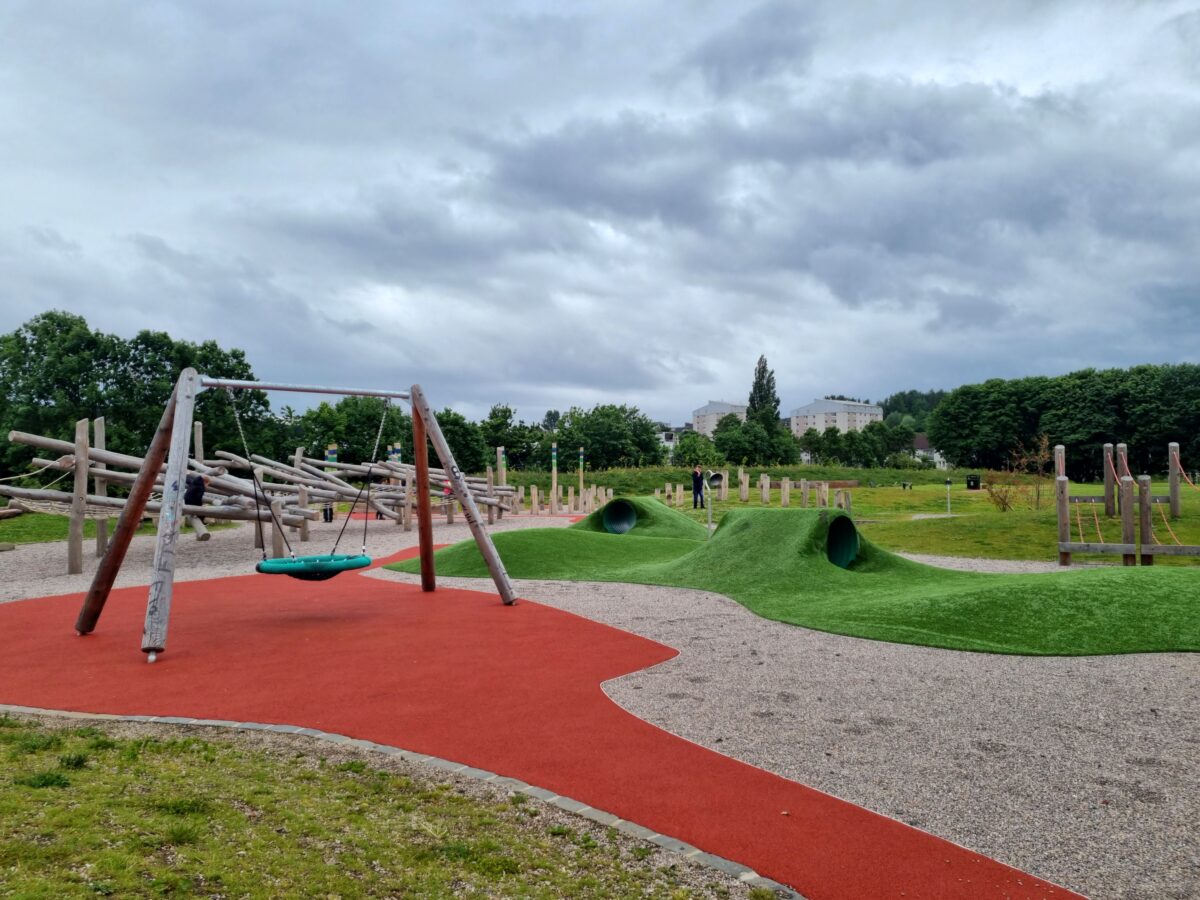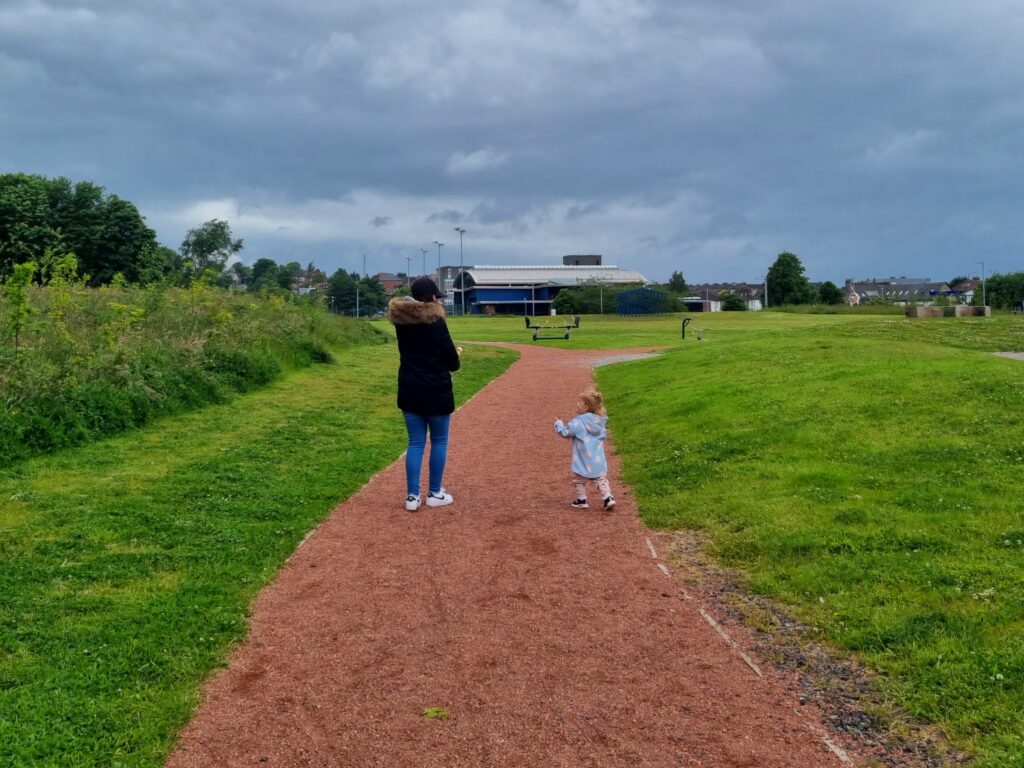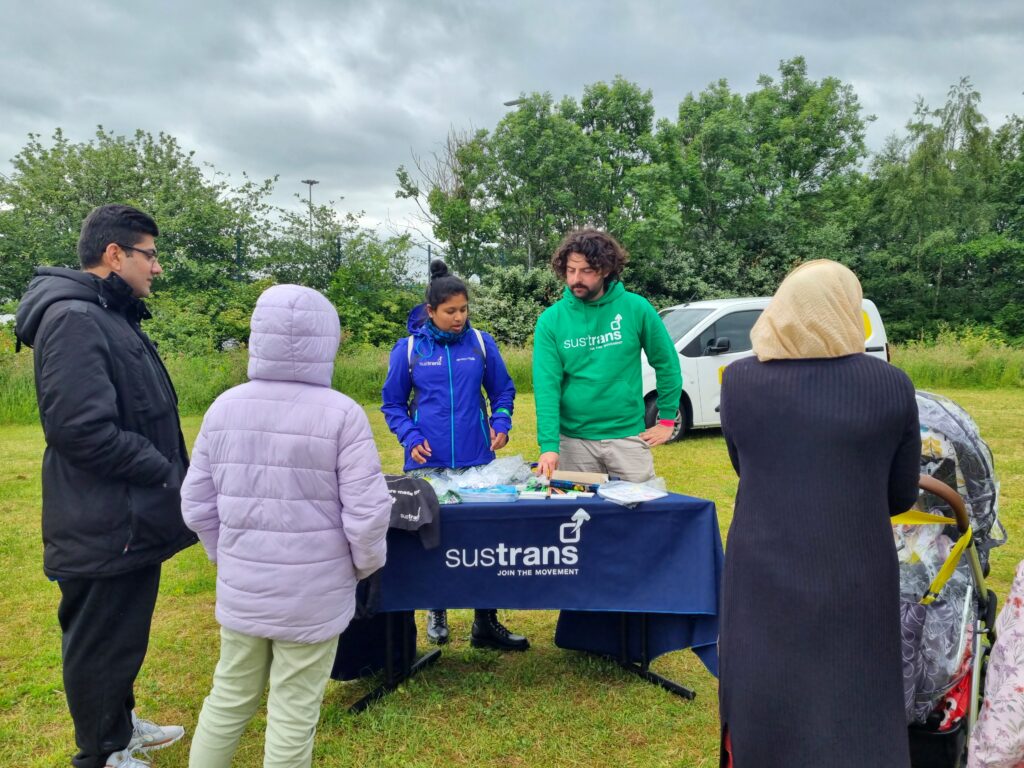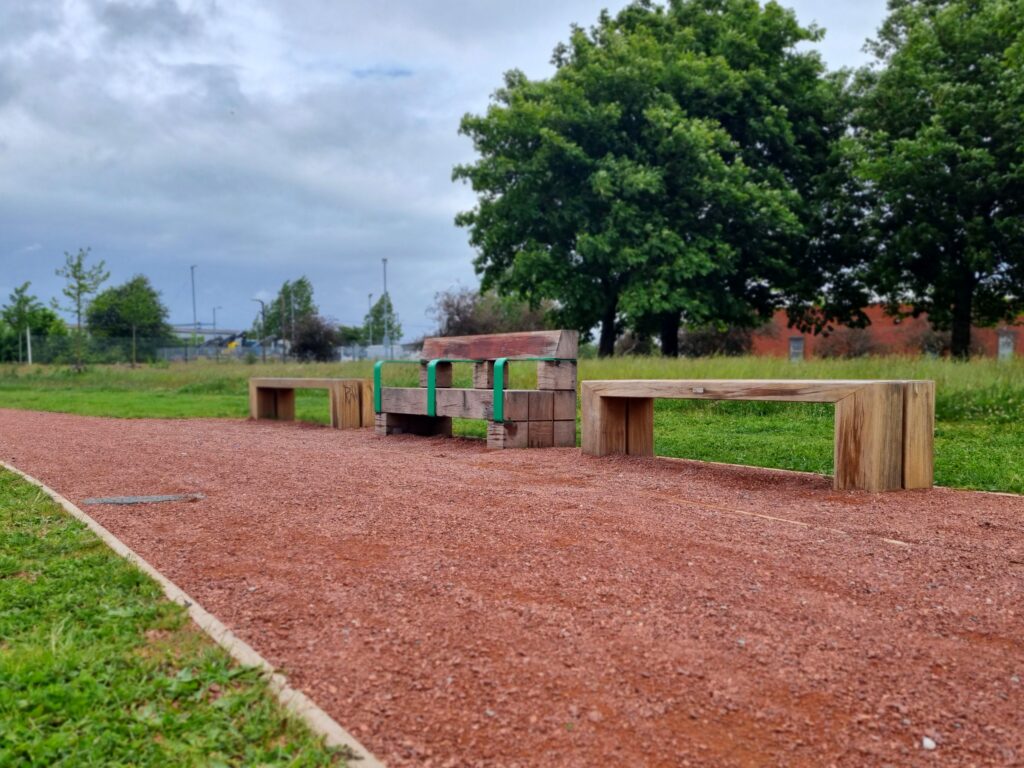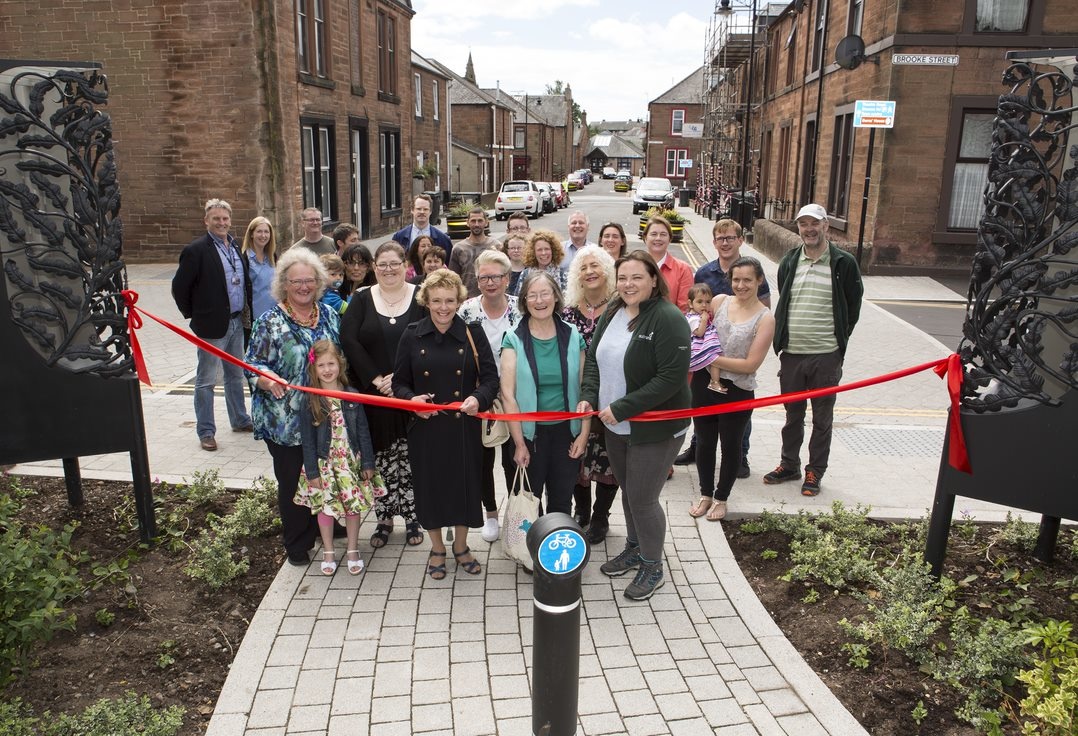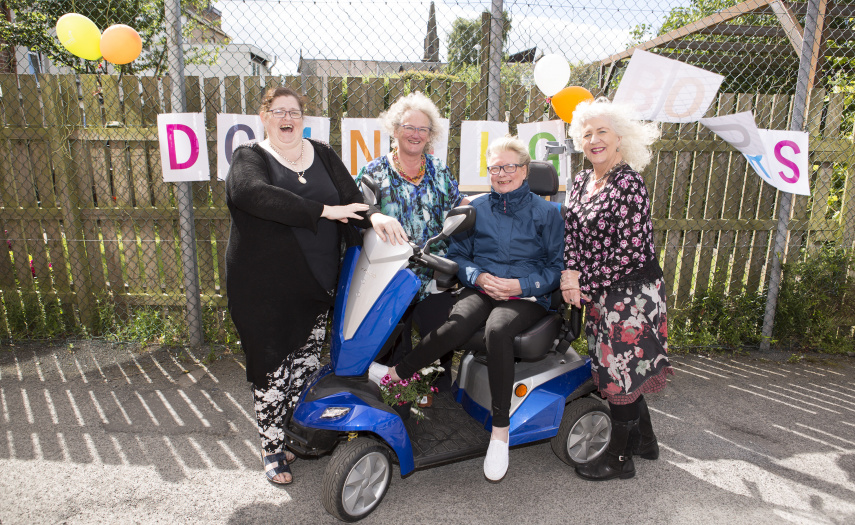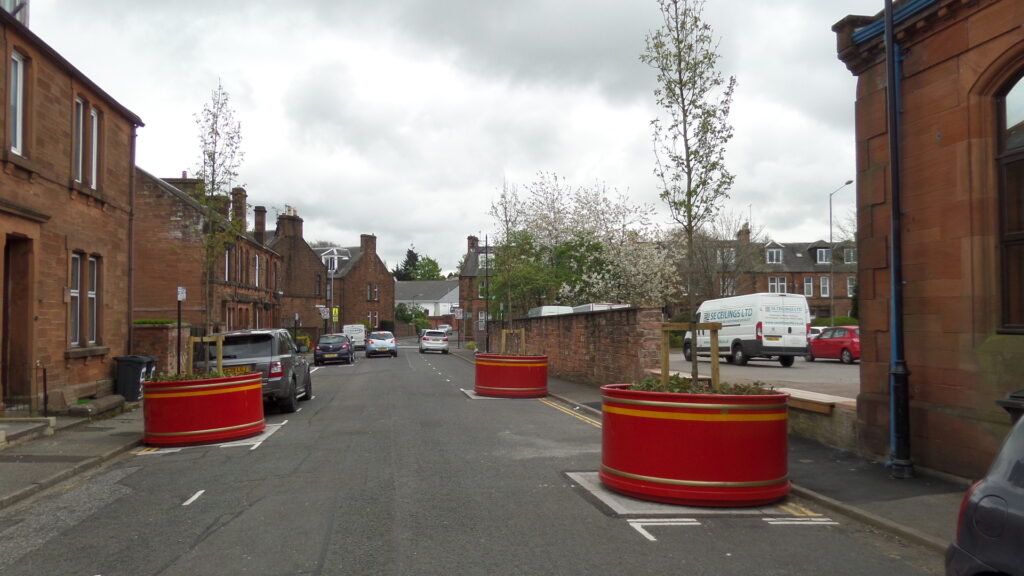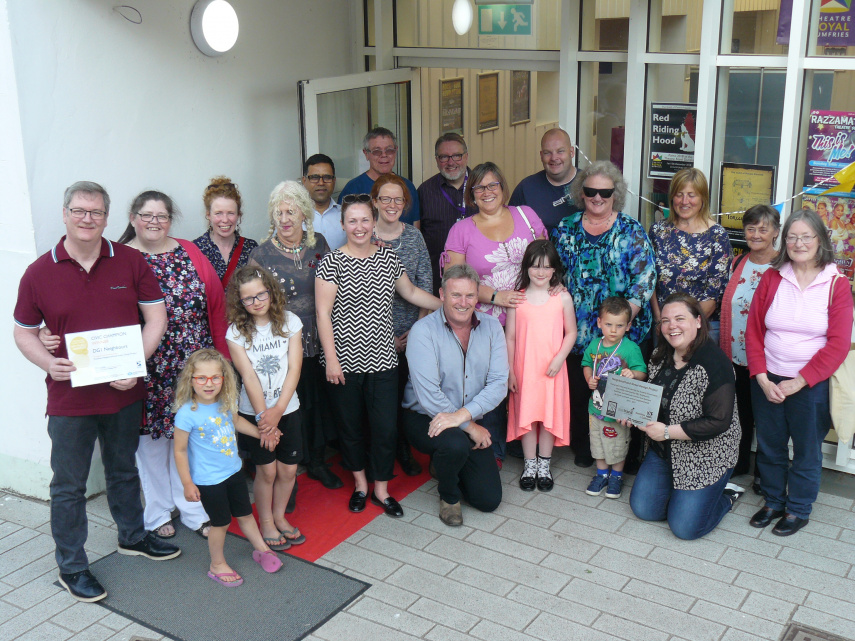The most recent funding awards for Places for Everyone projects at Developed and Technical Design (Stages 3-4) have now been announced.
Applications for projects at Developed and Technical Design (Stages 3-4) were presented to The Decision Making Panel in December 2022, with awards for successful projects being made in February 2023.
See list of awards.
The next set of funding awards will be announced for project applications at Construction (Stages 5-7) in spring 2023.
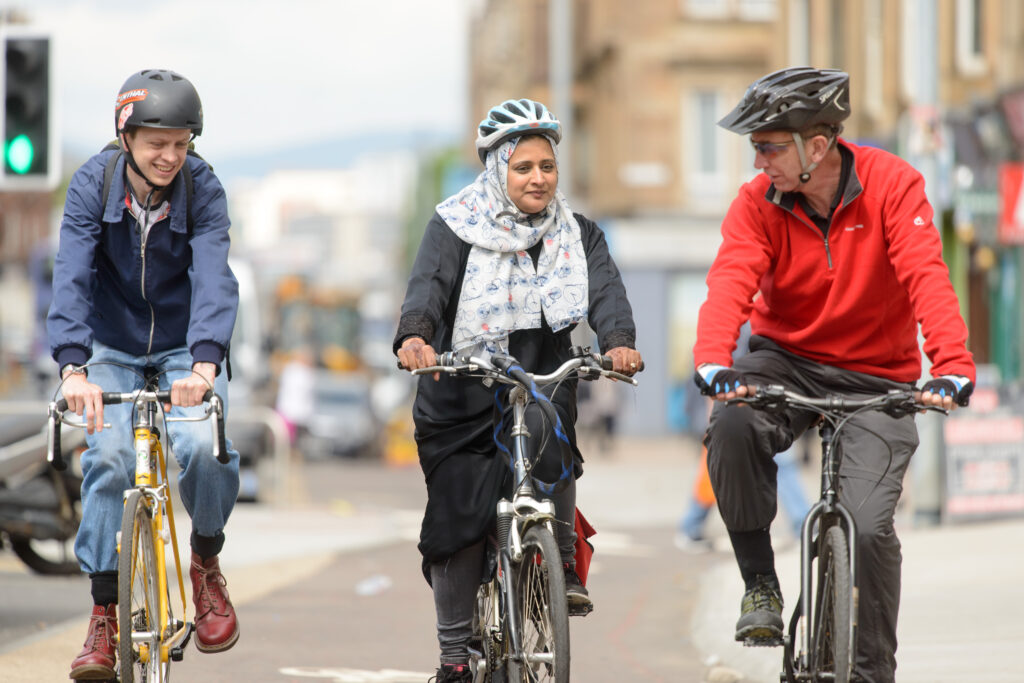
What has been awarded?
Details about successful projects progressing to the Developed and Technical Design stages can be found below.
Ashgrove Connects: £1,815,000
Proposals include reducing the speed of traffic, creating more crossings, simplifying junctions, providing separate areas for active travel, and co-designing community spaces which will increase road user safety.
Bathgate Water Improvement Project: £130,000
By taking a holistic approach to improving the watercourse that runs through the Wester Inch area of Bathgate, this project will provide a path network that will encourage active travel and create an environment that supports wildlife.
The Causey Project Phase 2: £192,362
Phase 2of thiscommunity led project will transform the quality of the area around West Crosscauseway to re-establish it as an important route for everyday active travel and improve the sense of place for local people.
Cessnock-Ibrox Village Strip – Liveable Neighbourhoods: £528,826
This project will see the addition of controlled pedestrian crossings, wider and continuous footways, enhanced lighting, placemaking and new greenspaces. A new protected cycleway along Paisley Road West will also be created.
City-wide Public Bike Parking: £14,480
This project will see public bike parking infrastructure installed and increased across the City of Edinburgh to encourage more people to cycle for their everyday journeys.
Civic Street, establishing an active travel intersection for the canal: £35,000
This project will improve the walking, wheeling, and cycling routes that converge at Civic Street, connecting the city centre with communities in north Glasgow.
Dalbeattie Active Travel Links Phase 2: £73,012
The project seeks to provide new cycling infrastructure, including a new footbridge, in Dalbeattie. This will improve connectivity to Dalbeattie Learning Campus, Dalbeattie Town Centre and Craignair Health Centre, as well as promoting active travel in the area.
The Dummy Railway: £233,978
The focus of this project is to create safer, more accessible routes for local people by upgrading the footpaths and landscaping in the area. This will increase play provision, encourage biodiversity and promote walking, wheeling, and cycling.
Flourishing Molendinar: £136,504
The Flourishing Molendinar active travel routes will extend high quality walking, wheeling, and cycling connections into the northeast of Glasgow and along the A80.
Follow On From Connecting West End community to Riverside & the Waterfront: £442,655
Replacing an existing footbridge over the East Coast railway which is at the end of its serviceable lifespan is the focus of this project. The current bridge is not suitable for users with mobility issues and anyone wheeling or cycling due to its stepped access.
Greater Govan City Network: £2,295,000
Designs for the Greater Govan area in Glasgow include the introduction of a high-quality cycling network, as well as enhanced pedestrian infrastructure and public realm improvements.
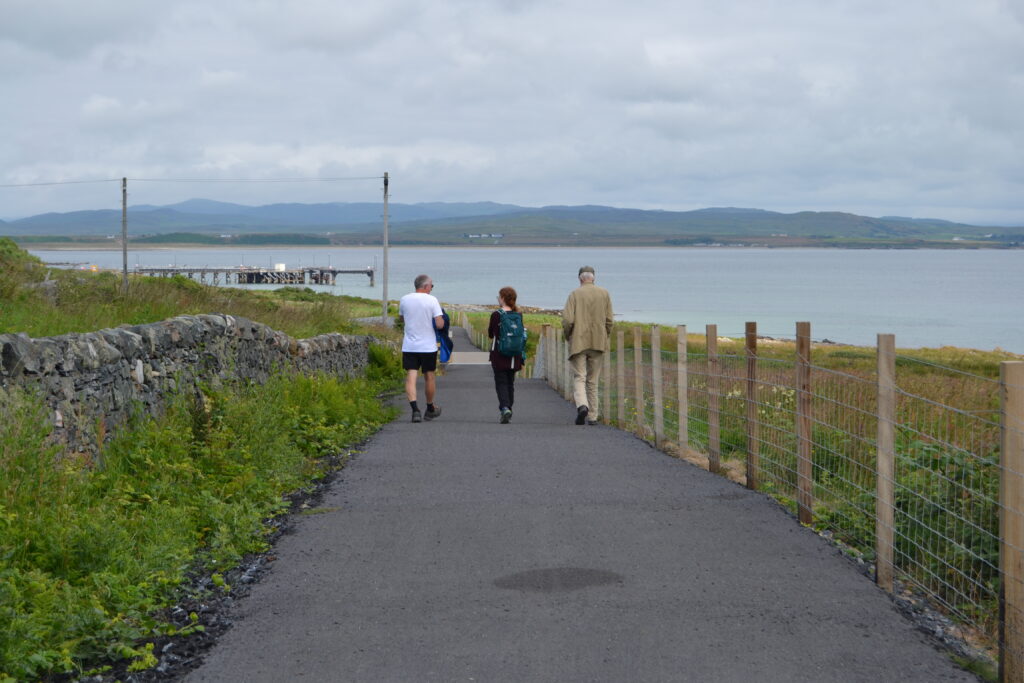
Introduction of green infrastructure and an active travel route linking Eastern Springburn: £89,500
The aim of this project is to create a new active travel route linking communities to the east and west of the Red Road Transitional Regeneration Area (TRA). The new route will provide improvements to active walking, wheeling and cycling movement, whilst creating a new link between neighbourhoods and community facilities.
Leith Connections Phase 3: £653,000
Phase 3 will deliver pedestrian improvements, a segregated cycle track with protected junctions and improved placemaking along Leith’s west-east corridor.
Musselburgh Active Toun Routes 1 and 5 local Stage 3 & 4 Design: £371,000
Musselburgh Active Toun (MAT) is reimagining Musselburgh with sustainability, resilience and local communities at its heart. The project comprises six strategic active travel routes and a series of local connectors. This phase seeks to take forward two strategic routes and key local paths.
Musselburgh Active Toun Route 3 Stage 3 & 4 Design: £381,000
This phase is looking to take progress Route 3 – a strategic coastal route.
Possilpark Liveable Neighbourhood, Saracen Street: £429,638
This element of the Possilpark Liveable Neighbourhood will focus on the transformation of Saracen Street. It will improve the public realm and create new green infrastructure including protected cycle lanes as part of the city network.
Powderhall phase 2 Former Waste Transfer Station – Powderhall Junction: £46,540
This project seeks to enhance Powderhall Junction for people walking, wheeling, and cycling. The aim is to make it as easy as possible for people to move around the local area without the need for motorised transport.
Queensferry – walking, wheeling and cycling improvements: £428,000
Designs for significant improvements to active travel infrastructure in the south of Queensferry will connect communities with the town centre.
Stoneyburn Links – Bents to A706: £123,289
Stoneyburn Links will offer those dependent on car use a sustainable alternative for commuting in and out of the village by removing barriers and improving accessibility.
Union Street Transformation: £301,878
A community led co-design process aims to create a safer, more attractive, healthier and inclusive, climate resilient place enjoyed equitably by the people who live on, work in and visit the street.
Walk, Wheel, Cycle Burdiehouse: £348,000
Walk, Wheel, Cycle Burdiehousewill provide active travel infrastructure on key roads linking to housing developments in the area. Measures will include widened footpaths, segregated cycle tracks and newly signalised crossings.
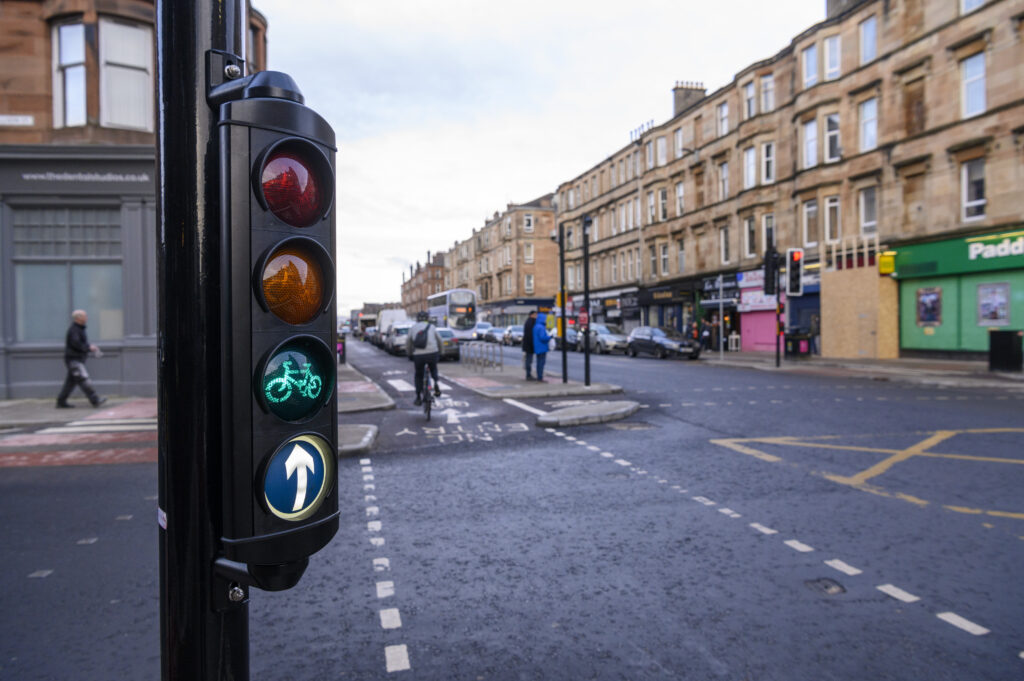
What does this mean?
Backed by the Scottish Government, Places for Everyone aims to create safer, more attractive, healthier, and inclusive places by increasing and diversifying the number of trips made by walking, wheeling, and cycling for everyday journeys.
Developed and Technical Design builds on early proposals from Concept (Stages 1-2) to help establish project designs which are shaped by local communities and key stakeholders that are construction ready.
Places for Everyone provides 100% of the funding for all designs and other pre-construction activity.
Construction (Stages 5-7) completes the Places for Everyone process by physically delivering the infrastructure on the ground.
Places for Everyone provides 70% of the funding for construction.
More information on Royal Institute of British Architects (RIBA) Plan of Work stages can be found here.
Decision Making Panels comprise of both senior members of the Sustrans infrastructure delivery teams as well as key external representatives.
More information on Decision Making Panels can be accessed here.
